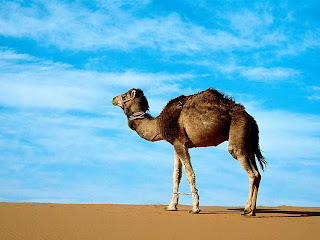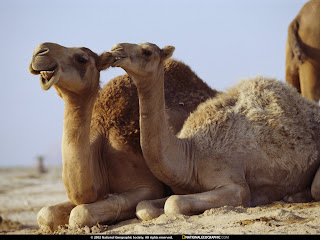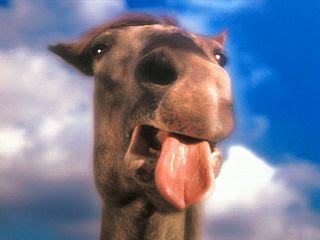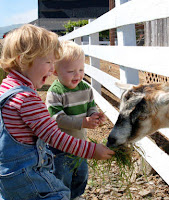
Interesting Animal Facts
We tend to get our camel facts in bits and pieces. We know that some camels have one hump, others have two, and they are famous for being able to go long distances or periods with out water. We've heard that they can be easy to ride, or uncomfortable to ride, depending on who you talk to. We tend to associate them with desert areas, and may have even heard that they once roamed free in the state of Nevada.
While any list of camel facts can be lengthy, let's try to put together some information that gives a good picture as to where this animal comes from, what it is like, and how it is used. First of all, the camel is an ungulate, an animal that has hoofs. There are two true camels, the dromedary (Camelus dromedarius) which has single hump, and the Bactrian camel (Cameulus bactrianus) which has two humps. The dromedaries are mostly found where we tend to expect them, in the arid regions of northern Africa. Nearly half of the dromedaries living today will be found in Somalia and Ethiopia, the remainder are spread across North Africa from Sudan to Morocco. The bactrain camel exists in much smaller numbers, and live mostly in northern Asia.
Both species were introduced into the United States in the 1800's, with the United States Army using them as draft animals for a short time. This experiment did not prove to be successful, as horses could not easily be used alongside the camels (horses do not like the small of the camel), and the troops never became accustomed to them. Many of the animals were simply allowed to run free and were spotted roaming free in the southwest, especially in Nevada, from time to time for a number of years. There is a feral population if the Australian Outback, thought to be several hundred thousand in number. While native to Africa and Asia, the true camels have cousins in South America, those being the vicuña, alpaca, and the llama.
Among the camel facts you may come across which are not true, are those which suggest that the camel is able to store huge quantities of water, and that is the reason for the hump(s). While the camel will drink a large amount of water when it is able to, its secret is not so much in being able to store water, but in being able to use water very efficiently. The camel can withstand very hot temperatures, and looses much less water through sweating and respiration than is the case with most other animals. Its coat tends to insulate the body against the heat of the sun, minimizing perspiration. Also, a camel can lose over 20% of its weight through dehydration before being in danger of dying. 3% is the limit for most animals. A camel can often go a week without a supply of water, and when grazing, efficiently extracts water contained in leaves and plants. The hump by the way, does have a purpose. It consists primarily of fatty tissue which serves as an energy reservoir. A camel can cover 20 mile a day in hot weather conditions, while carrying a 200 pound load.
Although used primarily for transportation, there are a few camel facts of interest regarding their use as a food source. Bedouin tribes use the camels as a source for both milk and meat. Camel milk is very rich; more so than cows milk, and the meat, which is said to taste like beef, has been served for years from Persia (Iran) to Egypt, and points in between. In some regions, camel blood is consumed, being a source of salt, iron and vitamins not always available in the usual diet. Though not food items, camel hair and hides are also valuable commodities, and are often used in fine articles of clothing and leather products. Camel poop (dung if you prefer) is often used as a fuel for heat and cooking.
Camels can move fairly quickly, and as they can maintain a speed of about 25 mph for over an hour, can cover ground fairly quickly. For short distances they can run at speeds of 40 mph, and camel racing is a very popular sport in the Middle East, as popular as horse racing. Camel races are not strictly limited to the Middle East, there is a prestigious camel race held annually at Alice Springs, in the interior of Australia. These are truly remarkable animals, well suited to a wide variety of climatic conditions, able to cover long distances, and, with their broad hooves, able to navigate fairly easily in loose sand. They truly are "ships of the desert".
Information on cockatiel training can be found at the Knowledge Bin site.


Article Source: http://EzineArticles.com/?expert=Sara_Le
Interesting Animal Facts




